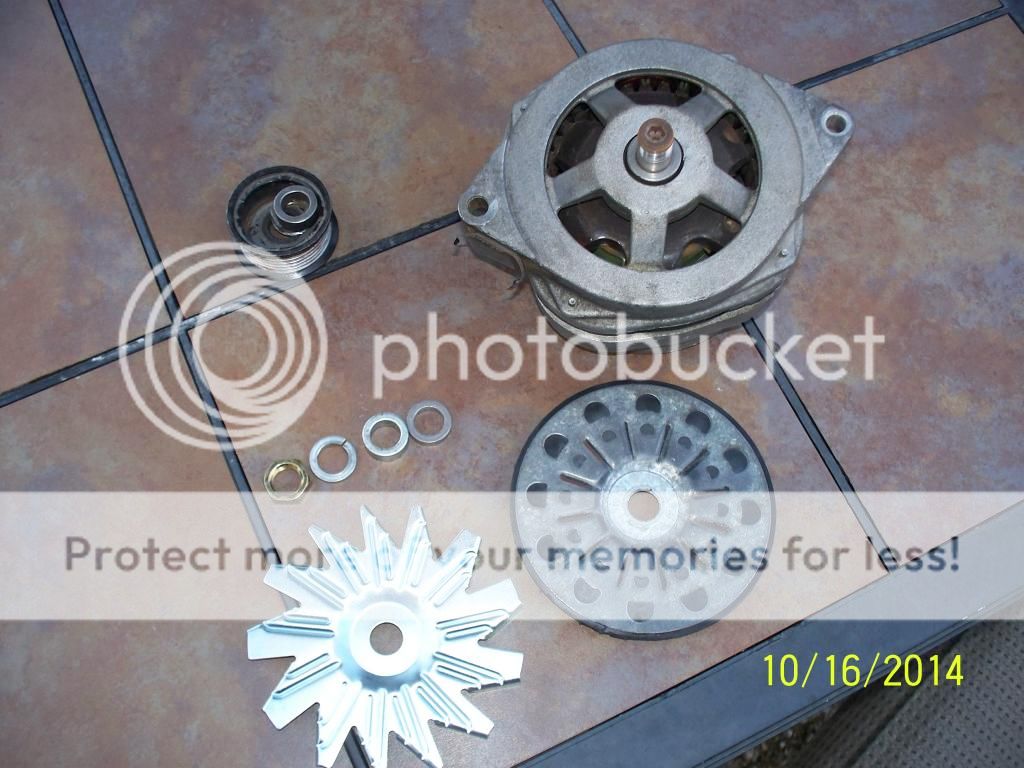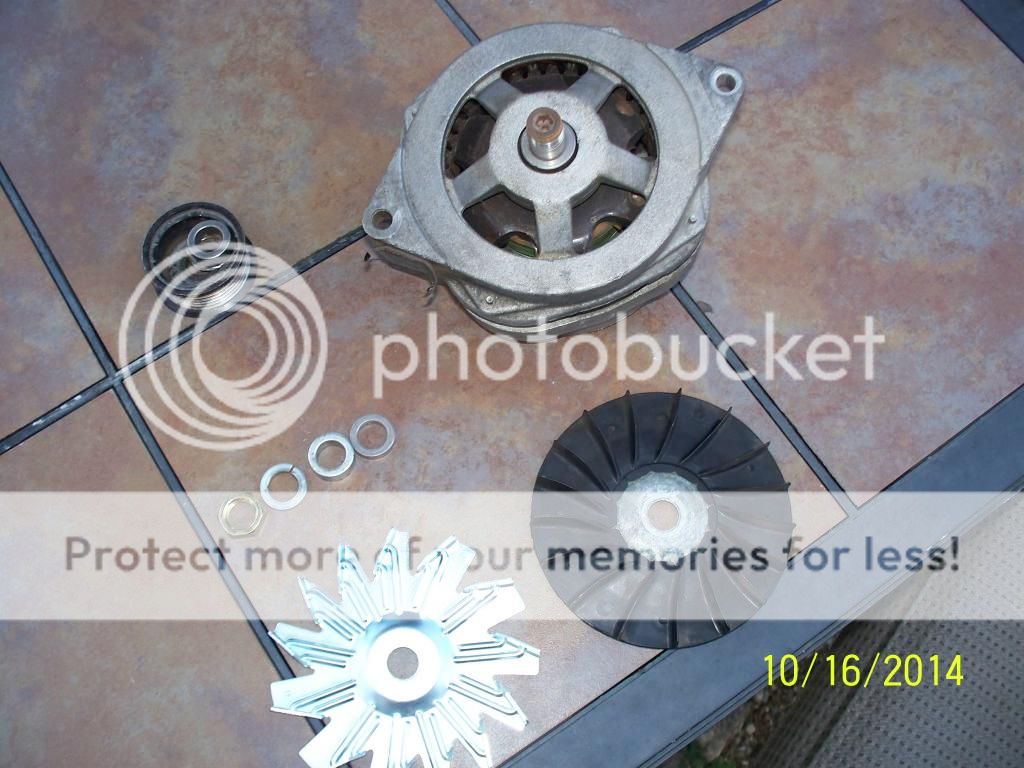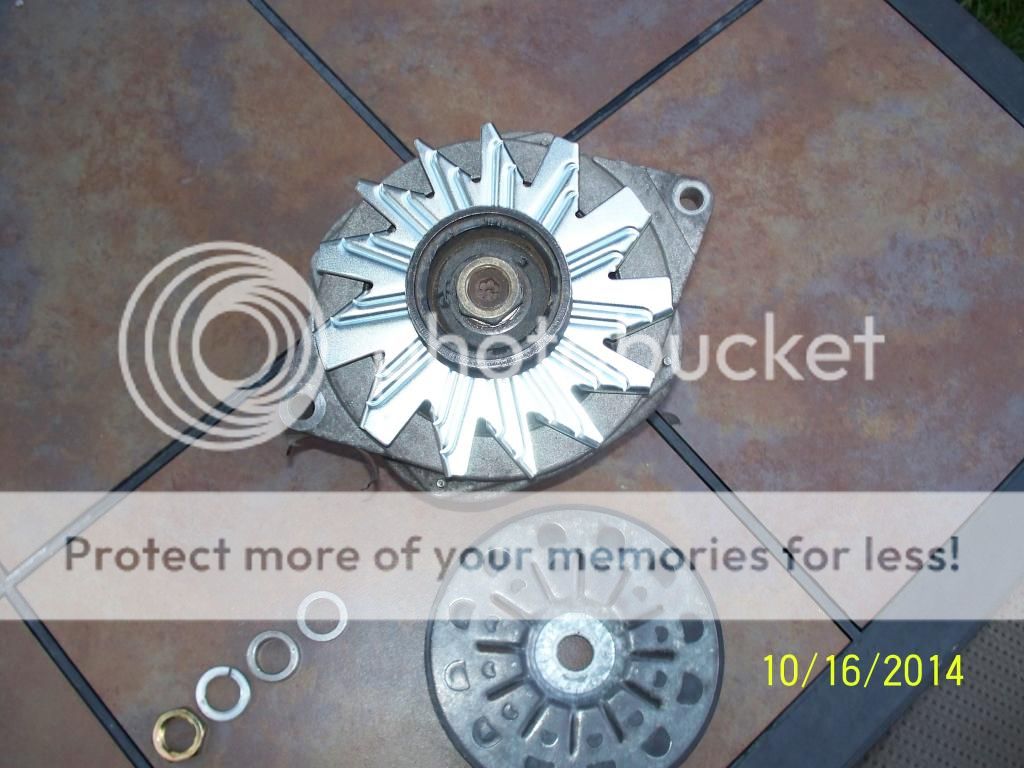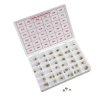you make far fewer mistakes than most people, your fully entitled , to make a few over sites , Lord only knows I make my share and then some!
I'd suggest backing off on the fuel pressure until the needle bounces between 5 and 6 psi rather than 6-7 psi as a start point, while tuning. simply because Ive seen far too many needle and seats flood at pressures over 5.5psi, you can always increase it a bit later if its required,or if you find your carb tolerates the higher fuel pressure easily but about 7 out of 8 times the issues I see while tuning are inconsistent feed of fuel due to too much pressure for the needle valve, or not enough flow volume to keep up with demand at higher rpms, this is one reason the larger diameter lines are very useful, you can push the necessary VOLUME without needing to result to PRESSURES the carburetors inlet valve won,t consistently and correctly flow fuel into the bowls at, or put a different way, if you need to boost the pressure at the inlet valve to over 6 psi to get the necessary flow volume chances are excellent the consistency of the flow mass or volume entering the carburetor will be far from a steady and predictable flow as the cars engine has both high inertial loads and huge changes in demand as rpms change.
BTW that rapidly vibrating fuel pressure gauge needle ,on the fuel inlet ,will usually tend too steady once a secondary fuel filter between the pump and carb and the fuel return line on the fuel pressure gauge is installed, as BOTH tend to act as vibration, dampers or shock absorbers too the fuel, pressure pulses in the feed lines, hydraulic flow, much of that is at times the needle and seat valve bouncing, you would think that the float seated on the top of the needle valve would prevent that and it will if the valve functions correctly but its only going to do that in a narrow pressure and flow band, and y
es I'm fully aware of what the instructions are that come with the demon carbs
yes your carb may handle that 6-7 psi perfectly fine, but I generally start with the pressure a bit lower due to past experience and change only one component or adjustment at a time and record the result of the change, because if you make several changes simultaneously your never 100% sure what change caused or cured an issue you see
DEMON said:
Fuel Pressure
Most gasoline powered engines
usually
require between 6 and 7
-
1/2 PSI fuel pressure. Gasoline
carburetors can be run either at idle or wide open throttle at these pressures. Be sure your
fuel
delivery system is properly adjusted and able to maintain volume flow at these pressures. Improperly
adjusted or inadequate fuel delivery will result in poor performance
and possible engine damage
http://www.demoncarbs.com/Assets/docs/C ... atalog.pdf
http://www.demoncarbs.com/Assets/docs/P ... 705rev.pdf



















